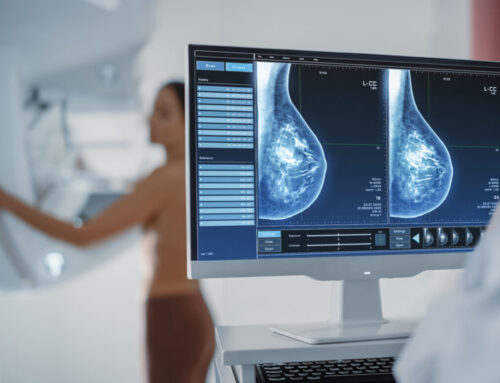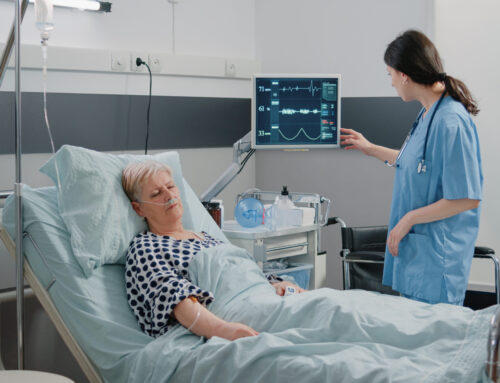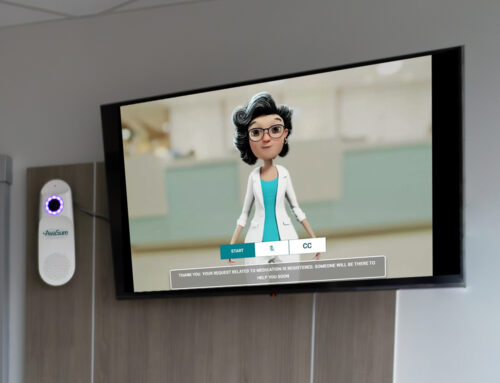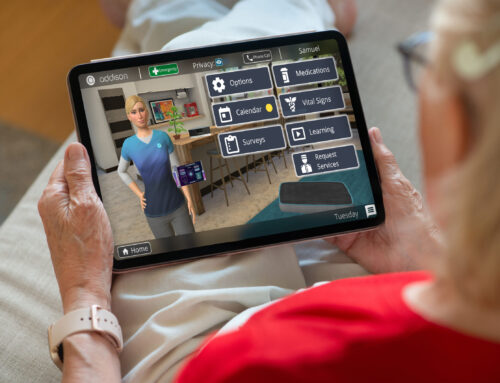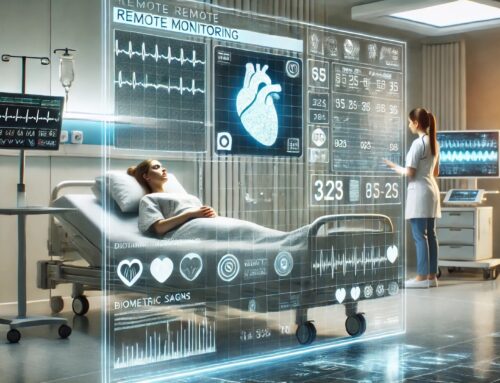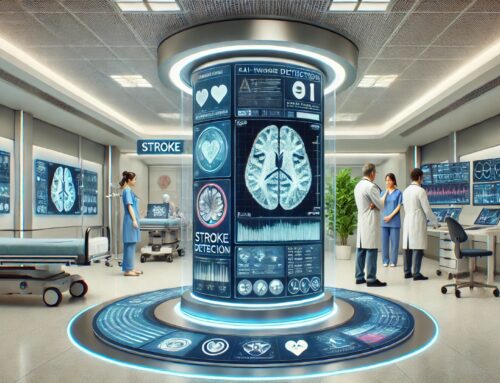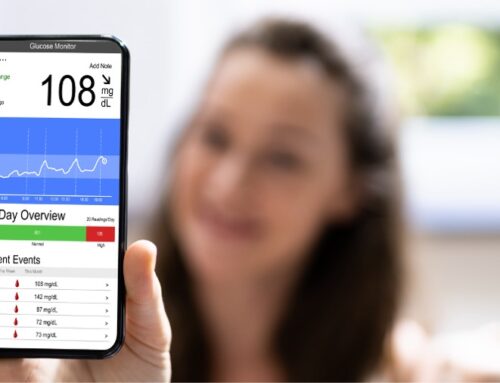The U.S. computer vision in healthcare market is poised for substantial expansion, with a newly released MarketsandMarkets report forecasting growth from $3.93 billion in 2024 to $11.53 billion by 2029. This impressive 24% compound annual growth rate (CAGR) reflects the rapid convergence of artificial intelligence (AI), medical imaging, and hospital automation technologies, as well as increasing confidence in computer vision’s potential to improve patient safety and operational efficiency.
Imaging, Monitoring, and Maintenance Lead the Use Cases
Healthcare organizations are investing heavily in computer vision platforms that can manage the explosion of diagnostic imaging data while enhancing clinical and operational workflows. These platforms are especially well-suited for high-volume environments such as radiology, surgery, and emergency care, where precision, speed, and real-time decision support are paramount.
According to the report, PC-based systems currently lead the U.S. market. These platforms are popular for their processing power, offline functionality, and tighter data governance controls compared to cloud-based alternatives. Their compatibility with existing PACS (picture archiving and communication systems) and EHRs (electronic health records) also makes them easier to deploy without extensive overhauls of hospital infrastructure.
One rapidly growing segment is patient activity monitoring and fall prevention—especially in hospitals serving aging populations. Advanced platforms now incorporate edge-based vision systems that track patient motion and trigger alerts when unusual behavior patterns suggest an imminent fall. For example, Caregility’s iObserver uses AI models at the edge to monitor high-risk patients and send alerts directly to care teams, without sending video data to the cloud. These systems not only improve patient safety but also reduce the burden on nursing staff, which is increasingly critical amid workforce shortages.
Another high-growth use case is predictive maintenance of imaging equipment and surgical robots. Computer vision can identify signs of wear or calibration drift before equipment failures occur. This capability is becoming more essential as healthcare systems adopt more connected medical devices under the broader umbrella of the Internet of Medical Things (IoMT).
Regulatory Developments Are Accelerating Adoption
Government regulators are also creating an environment more conducive to AI innovation. In January 2025, the U.S. Food and Drug Administration (FDA) released new draft guidance titled Artificial Intelligence-Enabled Device Software Functions: Lifecycle Management and Marketing Submission Recommendations. This guidance outlines best practices for the safe and transparent development of AI-based medical devices, including those using computer vision.
The FDA’s draft guidance emphasizes explainability, risk management, and the need for total product lifecycle oversight—a recognition that AI algorithms are not static, but may evolve over time. For developers, the guidance provides a clearer pathway for securing regulatory approval while reinforcing industry expectations around bias mitigation, data quality, and patient safety.
Clinical Validation Remains a Key Challenge
Despite these encouraging signals, adoption hurdles remain—particularly around the clinical validation of computer vision algorithms.
Unlike consumer-facing AI, clinical-grade computer vision must meet rigorous standards of accuracy and reliability. For example, any tool designed to detect abnormalities in radiology images must perform at or above the level of human radiologists, with extremely low false negative rates. Validation processes often require large, diverse, and annotated datasets, along with evidence of performance across different demographics and imaging modalities.
Some vendors are tackling these challenges by publishing peer-reviewed studies of their models or partnering with academic medical centers for multicenter trials. Others are participating in FDA’s Total Product Life Cycle Advisory Program (TAP), which allows for early engagement with regulators to identify potential pitfalls in algorithm design, training data, and deployment strategy.
Clinician trust is another barrier. For a computer vision tool to be adopted in the clinical setting, it must not only be accurate—it must be explainable. Radiologists, surgeons, and bedside staff want to understand why an algorithm flagged a certain finding. Vendors are increasingly integrating visualization layers and explainability modules into their platforms to provide that clarity.
Vendor Landscape: From Silicon Giants to Specialized Startups
The competitive landscape in U.S. healthcare computer vision is highly diverse. Major tech players such as NVIDIA, Intel, AMD, and Microsoft are laying the hardware and software foundations for scalable AI deployment. These companies provide high-performance GPUs, edge computing devices, and AI model development frameworks tailored for healthcare workloads.
At the same time, specialized startups are pushing the envelope with domain-specific applications. LookDeep, for example, is pioneering vision-based patient monitoring systems that can analyze video streams from hospital rooms to detect distress or unusual behavior patterns. Assert AI and Artisight are offering vision-driven solutions for automating hospital logistics and operational workflows, such as OR turnover times, hand hygiene compliance, and patient throughput.
Another notable player is CureMetrix, which focuses on computer vision in mammography, offering tools that help detect and classify breast lesions with high sensitivity. These vendors differentiate themselves by focusing on clinical accuracy, workflow integration, and FDA clearance strategies.
Meanwhile, platform providers like viso.ai are enabling developers to build, deploy, and manage computer vision applications at scale. Their tools offer no-code and low-code environments that can reduce development timelines and broaden access to AI innovation for healthcare institutions with limited in-house AI talent.
Outlook: From Proof of Concept to Standard of Care
As the technology matures, computer vision is poised to become a foundational capability across hospitals, clinics, and outpatient centers. Use cases are expanding rapidly—from ambient monitoring in patient rooms to automated surgical navigation, dermatology image analysis, and even virtual nursing assistants.
The convergence of improved hardware, smarter algorithms, favorable regulations, and proven clinical outcomes is pushing computer vision toward the healthcare mainstream. For providers, the challenge will be choosing vendors that not only promise performance, but also deliver transparency, interoperability, and measurable ROI.
Healthcare executives evaluating these technologies should prioritize vendors with clear validation data, explainability features, and integration roadmaps. Those that do will be better positioned to lead in a market that is shifting from hype to scalable reality.

